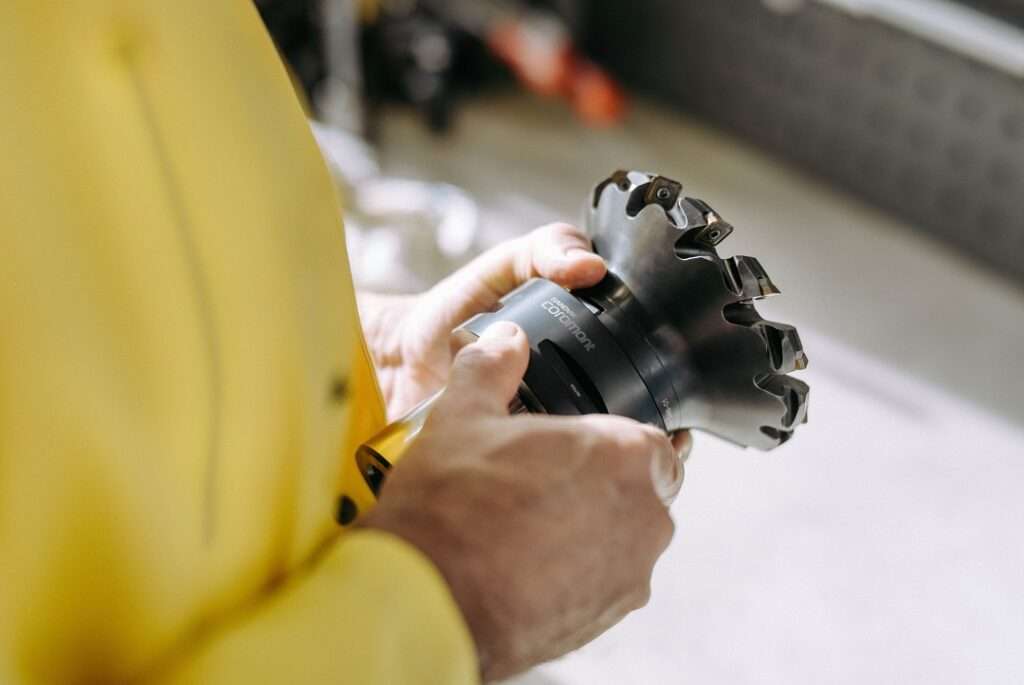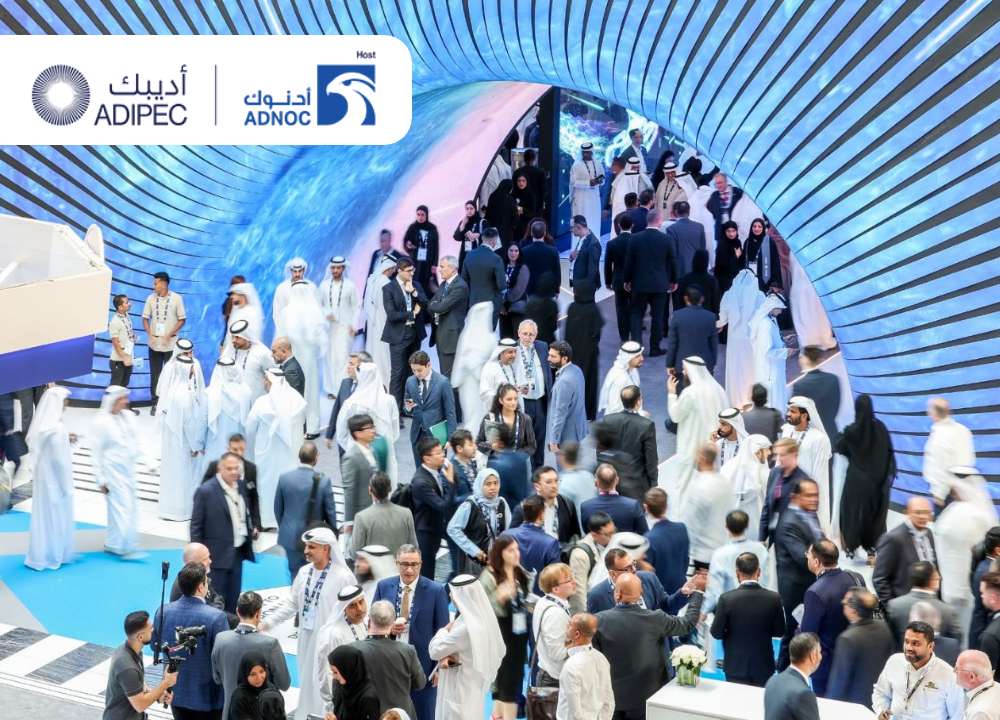Adani Green Energy Ltd (AGEL), a key player in the renewable energy sector under the Adani Group, is on track to achieve a compound annual growth rate (CAGR) of over 30% in operational capacity, aiming to surpass 50 GW by 2030, according to a recent report.
AGEL plans to add 6-7 GW of capacity each year, positioning itself to become the world’s largest renewable energy producer. A report from brokerage Emkay highlighted that AGEL’s renewable capacity is projected to grow at a CAGR of over 30% until 2030, with power sales expected to see a CAGR of around 35% due to enhanced capacity utilization.
Emkay estimates AGEL will reach 56.5 GW of operational renewable energy capacity by FY2030, driven by the development of the Khavda supersite, which could expand up to 30 GW from its current 2.3 GW, alongside other significant projects in Rajasthan and pumped storage plants (PSP).
Since beginning operations in FY16, AGEL rapidly grew its operational capacity, reaching 1 GW by mid-FY18. By FY24, the firm had increased its capacity to nearly 11 GW, with solar projects leading the growth, alongside wind and hybrid projects.
AGEL has secured power purchase agreements for 20.4 GW, with 10 GW already operational. Key assets include the Kamuthi solar plant (0.6 GW), a solar-wind hybrid cluster in Rajasthan (2.1 GW), and a newly commissioned 2 GW project in Khavda.
The company’s acquisition of SB Energy’s 5GW portfolio in 2021, which included 1.7 GW of operational capacity, has bolstered its growth prospects. AGEL also secured 8 GW of the 12 GW SECI solar manufacturing tender, and completed the 2 GW Khavda project within a year.
AGEL’s strategy emphasizes being the lowest-cost producer throughout an asset’s lifecycle, leveraging large-scale in-house execution, strong vendor negotiations, and efficient project management. The company is expected to achieve 35% CAGR revenue growth from FY24 to FY30, supported by resource-rich sites in Gujarat and Rajasthan.
As AGEL expands, its capacity utilization factor (CUF) is anticipated to improve, leading to higher output and better financial performance. The balance sheet is expected to strengthen significantly, with net debt to EBITDA projected to decrease to 3.6x from 7.4x, largely funded by cash flows from existing projects.







